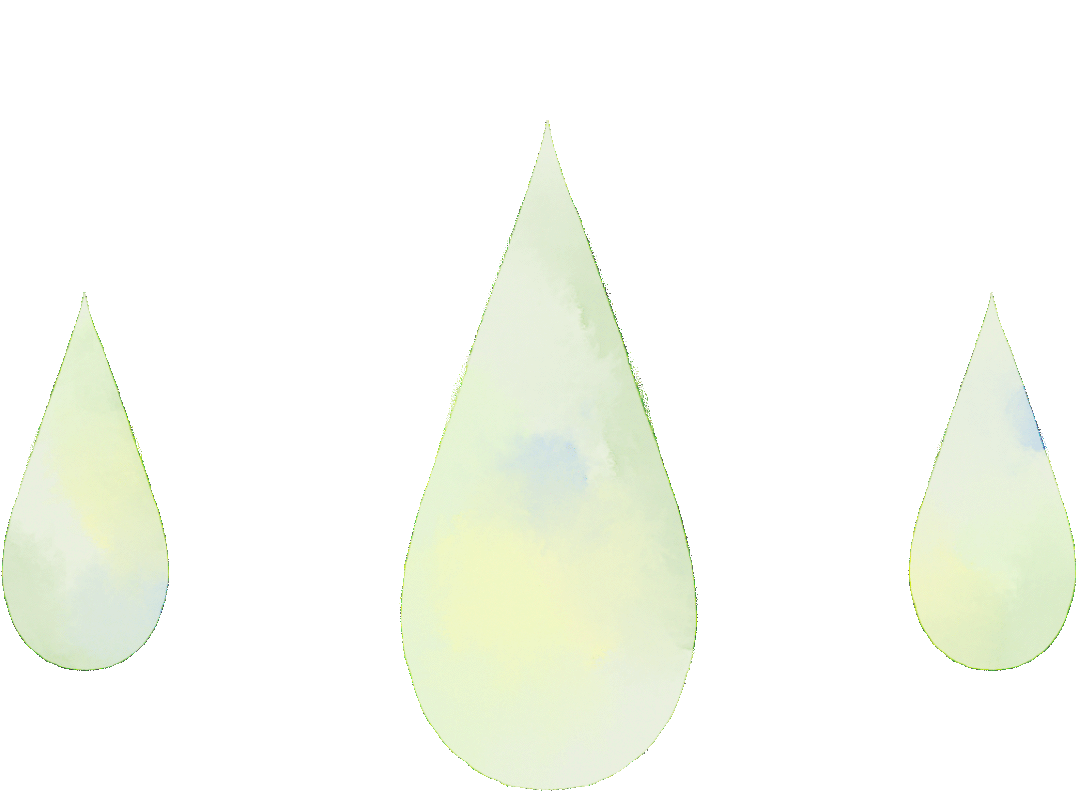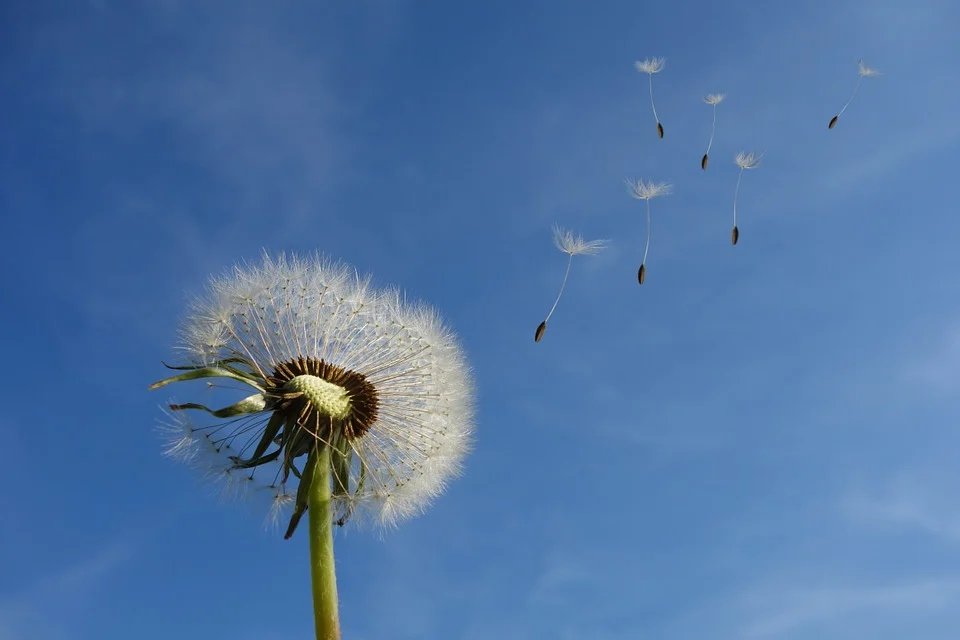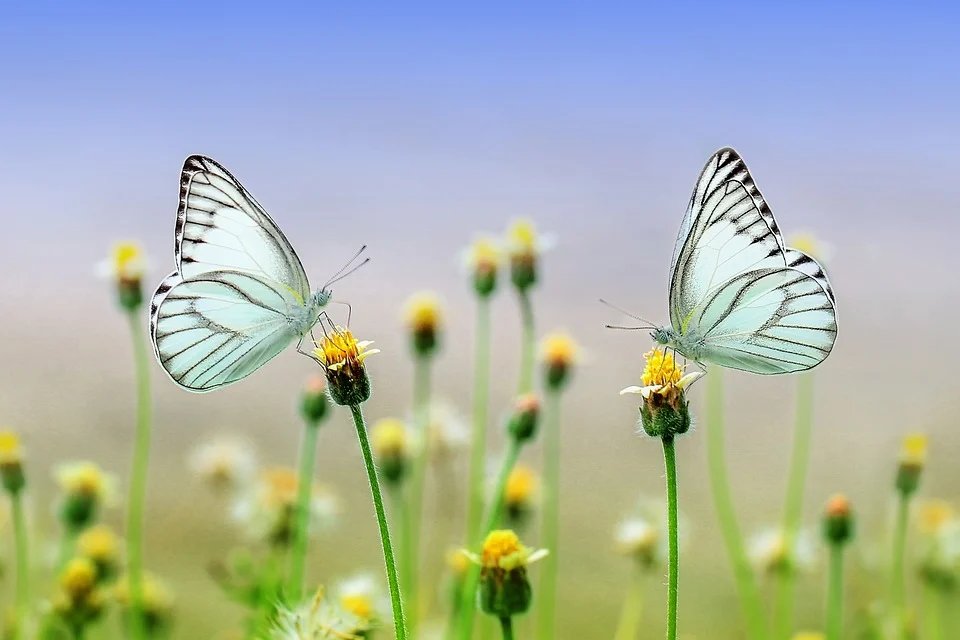
Recently, 65-year-old Ms. Zeng took a nap on a reclining chair. When she woke up, she found that the corners of her mouth were crooked. She went to the hospital for examination and found out that she was suffering from facial paralysis. The doctor said that the biggest cause of Ms. Zeng’s facial paralysis was “the wind blowing after falling asleep”.
This made Ms. Zeng very confused: The gentle spring breeze could also be the culprit of disease?

Wind is the cure for all diseases long
< /section>
Wind is the main manifestation of spring climate. Wind is airflow. Changes in airflow can affect a person’s breathing, energy expenditure, metabolism and mental state. Wind has a duality: moderate airflow makes the air clean, fresh and beneficial to health; abnormal airflow is harmful to human health.
Although the feeling of the spring breeze blowing on the face makes people feel refreshed, “although the atmosphere can produce all things, it can also harm all things, just like water can float a boat and capsize it.” Spring is a season when the climate changes from cold to warm. The temperature changes greatly. Microorganisms such as bacteria and viruses begin to multiply and their vitality is enhanced. It is easy to invade the human body and cause disease.
Wind energy aggravates the heat exchange between the air and the skin, so that too much heat in the body is lost, resulting in a decline in people’s disease resistance; wind can greatly reduce the air humidity, making people The nasal mucosa becomes dry and less elastic, and the disease prevention function is reduced accordingly. Many germs take advantage of the weakness, leading to the occurrence or prevalence of respiratory diseases such as bronchitis, influenza, tuberculosis, etc. Open, the wind evil invades the human body from the outside; and excessive cold can make the blood vessels of the skin on the surface constrict, which can directly induce some rheumatic diseases; Cause facial paralysis; spring breeze also makes pollen more easily spread, making some people suffer from pollen allergy, manifested as bronchial asthma, rhinitis, purpura and various skin diseases.

“The Yellow Emperor’s Classic of Internal Medicine” believes that “the wind is the root of all diseases”. Among the many exogenous factors that cause diseases, wind is the main pathogenic factor. Wind is always present throughout the year. The warm, cold and cool air in the four seasons will also take the opportunity to invade the human body and cause diseases in the human body.
Preventing Spring Sickness When protection from wind and cold is the main priority
Wind can be used alone as a pathogenic factor, or it can be combined with other evil qi as a disease. There are many types of rheumatic diseases, and the lesions are complex. Therefore, to prevent diseases in spring, the main thing is to prevent wind and cold, especially in early spring.
Spring is a period of high incidence of cardiovascular and cerebrovascular diseases. In spring, the temperature difference between morning and evening is large, and the temperature and temperature are changeable, which requires higher vasomotor regulation function. Therefore, cardiovascular and cerebrovascular diseases are prone to occur in spring, such as hypertension, coronary heart disease, and stroke. In spring, the relative humidity of the air is low, the air pressure is high, the climate is dry, the body surface evaporates quickly, the red blood cell backlog and blood viscosity in the body increase, the blood flow rate slows down, and the time for vasoconstriction is relatively prolonged, so it is easy to induce cardiovascular and cerebrovascular diseases. disease.
The morbidity and mortality of sudden coronary heart disease and myocardial infarction also peak in January-February every year, especially in climates controlled by cooling, strong winds and cold waves that last for 4-5 days. more likely to induce such diseases. Because the blood vessels contract when exposed to cold, cold stimulation can cause the coronary arteries that supply the myocardium to contract and spasm, and platelet aggregation is likely to occur at the vasospasm, causing thrombosis, which will block the coronary arteries and lead to myocardial ischemia and necrosis. Especially the elderly have poor vascular elasticity, most of which are accompanied by vascular sclerosis and vascular stenosis. Sudden changes in climate often stimulate vasospasm, reduce myocardial blood supply, and cause angina pectoris and myocardial infarction in severe cases. Cold can also stimulate the bodyThe secretion of catecholamines increases, causing a series of chain reactions such as autonomic hyperfunction. In addition, the cold season is easy to cause respiratory tract infections in the elderly and infirm, and the exposed body’s demand for heat will increase sharply, which will increase the burden on the heart and lead to myocardial infarction.
In addition, cold will excite human sympathetic nerves, vasoconstriction, continuous spasm of small arteries, further increase in blood pressure, and easy rupture of cerebral blood vessels, leading to hemorrhagic stroke The cold will also change the physical and chemical properties of the blood, increase the viscosity of the blood, and easily cause the stenosis of the cerebral blood vessels in patients with cerebral arteriosclerosis, the occurrence of blood blockage, the formation of cerebral thrombosis, and lead to ischemic stroke.

Enhancing physical fitness to prevent “seasonal diseases”
Abnormal climate change and external pathogenic factors that are harmful to the human body must be avoided in time. People should always pay attention to the changes in the external climate, especially the solar terms, because the incidence of common diseases has obvious seasonality. In January, the focus should be on the prevention of cardiovascular diseases, in February, on the prevention of cerebrovascular diseases, in March, on the prevention of allergic diseases and the recurrence of chronic diseases, and on the prevention of pink eye disease in April.
From the perspective of traditional Chinese medicine, it is easy to suffer from febrile diseases in spring. The focus is on preventing bronchitis, pneumonia, influenza, tuberculosis, diphtheria, whooping cough, measles, scarlet fever, typhoid fever, meningococcal meningitis, mumps, viral hepatitis, etc.
Those who suffer from chronic diseases should beware of the recurrence of old diseases in spring. Especially around the spring equinox, patients with chronic diseases are most likely to relapse, such as migraine, stomach pain, chronic pharyngitis, allergic diseases, asthma, hypertension, coronary heart disease, myocardial infarction, mental illness, and skin diseases. common. Gastric and duodenal ulcer patients suffer from gastric bleeding due to improper diet.
The heaven and earth, the four seasons, and all things will have an impact on human life activities. In order to achieve self-balance in nature, we must first conform to the laws of nature, the four seasons of climate change, and the laws of natural changes. In addition, we must pay attention to regular maintenance of the spirit, exercise, and enhance physical fitness in order to adapt to climate changes, resist external evils, and maintain or restore health.
Reprinted from: Popular Science Times
